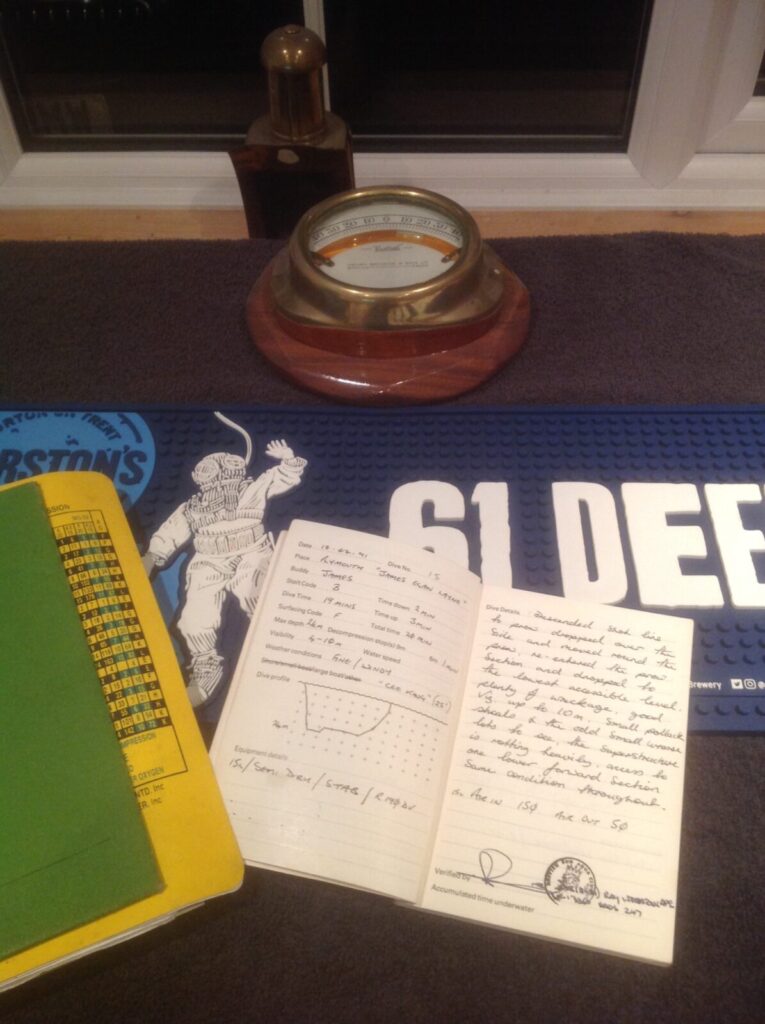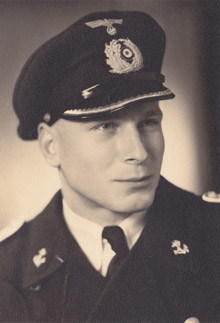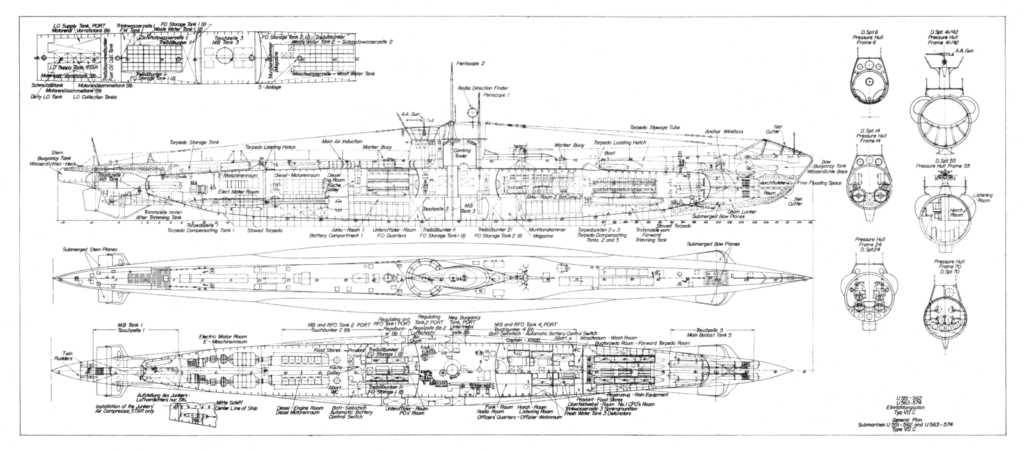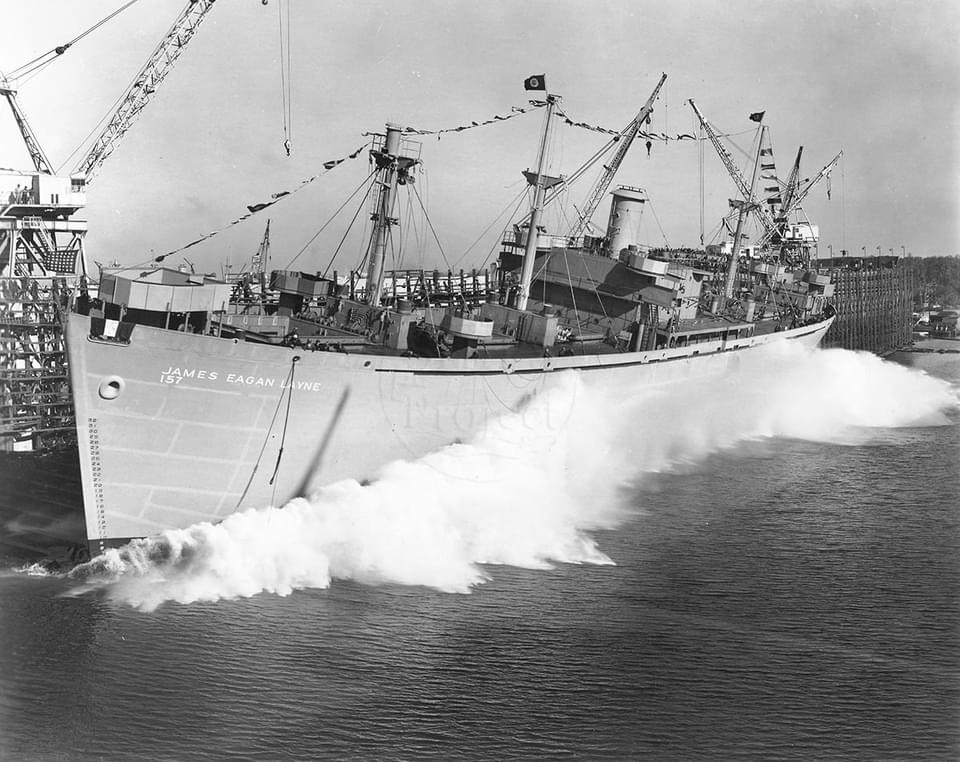It is perhaps ironic that the very first wreck I ever dived was the James Egan Layne, very probably the most dived shipwreck in the world, and probably one of the most popular….if Carling made shipwrecks…….
The James Egan Layne (Plymouth, England)

This was only my 15th open water dive, and for those who know the wreck it was the main Bow section, it would be years later I dived the stern section of the wreck which isn’t that far from the main wreck, but distinctly separate from it
The James Egan Layne was a “Liberty Ship” of WWII vintage, essentially utility boats made in the US in record times, basically of necessity, to out produce those lost to U Boats. The Liberty ships were made to the same pattern in multiple shipyards across the USA, they were welded, a fairly new technique, where ships of previous generations were steel hull plates riveted together. Riveting was a method of joining Two overlapping plates by drilling through them, pushing near molten dowels through the holes, and hammering the ends to make them “pin” the Two plates together. This was a slow and arduous method, meaning shipbuilding took many months, sometimes years to complete. Welding, by contrast, is a technique where an electric current is passed through metal between Two plates butted up against each other in a “run”, the metal creates a molten “bond” between the plates essentially joining them together, permanently, in a very much shorter time. Liberty ships could be “churned out” at an astonishing rate of 3 ships every 2 days over 18 shipyards in the US

The James Egan Layne was launched in 1944 and named after a US marine Engineer lost aboard another ship, the Esso Baton Rouge, sunk in the same manner, by a U Boat torpedo in 1942……… ironically the year U399, so central to the story of the James Egan Layne, was built. The James Egan Layne was a part of the US war effort, ferrying supplies vital to the UK and its allies, fighting Hitler and the Nazis in Europe.

The James Egan Layne joined convoy BTC 103 ferrying supplies from Barry Island (Wales), en route for Ghent (Belgium), when she unwittingly became a victim of the German U Boat U399 (Wikipedia) commanded by Oberleutnant Heinz Buhse. U399 had been laid down in Kiel shipyard 12th Nov 1942, launching 4th December 1943, and Buhse was on his first patrol after joining the 11th flotilla out of Bergen (Norway) and aged just 29 (U Boat Net)


The James Egan Layne was hit on the 21st March 1945 and survived the torpedo attack, with no casualties, to be towed ashore by the tugs Flaunt & Atlas (Wikipedia) in Whitsands Bay West of Plymouth. The U399 didn’t have the same luck as the James Egan Layne, only 5 days later she was sent to the bottom by the Frigate HMS Duckworth (U Boat Net) and 46 German U Boatmen went down with her….miraculously 1 survived!

I recall there being little current running on the day I dived her, 10th of July 1991, I was taken by the huge amount of dead mans fingers on her, she literally looked White along huge sections of the landward side of the bow section, an eerie sight as anyone who has seen dead mans fingers will attest to……My Little Red Wreck Log records the dive “10/07/91 PLYMOUTH “JAMES EGAN LAYNE” Descended shot line to prow dropped over the side and moved round the prow, re-entered the prow section and dropped to the lowest accessible level, plenty of wreckage, good viz, up to 10m, small Pollack shoals and the odd small Wrasse lots to see, the superstructure is rotting heavily, access to one lower forward section same condition throughout. Air In 150 Out 50 Buddy Roy“

I was with a diver called James and we were diving from Cee King, a 25′ hard boat out of Plymouth, we made our way through the very open hull on the Starboard side, then up through the Two deck levels we could easily access through the shattered remnants of the ribs and deck supports. I was spoiled on that first wreck dive, I loved it, for all its eerie Green haze and the limited 10m or so of viz we had on the dive, not bad for the area as it happens, I could make out mashed metal everywhere but I couldn’t readily identify much, I did see a couple of large reel-type objects, the kind industrial electric wire might be wound around on a civil construction site….There were fish too, Bib and small Pollack, occasionally, when we disturbed them from their shadowy hiding places, or they swam bizarrely down the hull plates in small shoals. They were nice to see and, along with the odd Wrasse, showed what a haven a shipwreck becomes to wild-life and soft corals everywhere

At the time there was no way I could afford an underwater camera and there were not the huge internet resources now available to us, the image above is a great development, one which I believe came from Aberdeen University research, and a combination of Sonar and Bathymetrics (sea-bed topographics) along with some clever GPS work. It is amazing to see clearly where James and I swam on that first breath-taking dive, on one of this Earth’s most iconic shipwrecks…….

Wow, that was a great read through. Finally, somebody who really thinks and is familiar with what they are writing about. Quite hard to find these days, especially on the internet. I saved your blog and will make sure to keep coming back here if this is how you always post. Many thanks, keep it up!
Tomasz, that’s very kind of you, glad you enjoyed the site. Best Regards Colinj